<< Our Photo Pages >> Bleasdale - Timber Circle in England in Lancashire
Submitted by Lewis_Sharp on Tuesday, 14 September 2004 Page Views: 26632
Neolithic and Bronze AgeSite Name: BleasdaleCountry: England County: Lancashire Type: Timber Circle
Nearest Town: Garstang / Preston Nearest Village: Bleasdale
Map Ref: SD5771145994 Landranger Map Number: 102
Latitude: 53.908366N Longitude: 2.645204W
Condition:
| 5 | Perfect |
| 4 | Almost Perfect |
| 3 | Reasonable but with some damage |
| 2 | Ruined but still recognisable as an ancient site |
| 1 | Pretty much destroyed, possibly visible as crop marks |
| 0 | No data. |
| -1 | Completely destroyed |
| 5 | Superb |
| 4 | Good |
| 3 | Ordinary |
| 2 | Not Good |
| 1 | Awful |
| 0 | No data. |
| 5 | Can be driven to, probably with disabled access |
| 4 | Short walk on a footpath |
| 3 | Requiring a bit more of a walk |
| 2 | A long walk |
| 1 | In the middle of nowhere, a nightmare to find |
| 0 | No data. |
| 5 | co-ordinates taken by GPS or official recorded co-ordinates |
| 4 | co-ordinates scaled from a detailed map |
| 3 | co-ordinates scaled from a bad map |
| 2 | co-ordinates of the nearest village |
| 1 | co-ordinates of the nearest town |
| 0 | no data |
Internal Links:
External Links:
I have visited· I would like to visit
Modern-neolithic Ken79 would like to visit
SumDoood visited on 5th May 2017 - their rating: Cond: 3 Amb: 4 Access: 3 It's better at dawn or dusk, of course. I don't think I've been anywhere else where the circle is offset within an ellipse. The overall position where the circle is cupped inside a combe with two mountains backing it up is impressive, though not particularly unusual, but the fact that the land occupied by the circle is slightly but significantly higher than the wider surroundings, yet receives the sunlight last, is quite exceptional.
The circle is (exactly enough) equidistant to north and south from the headwaters of two rivers both known as the River Brock which combine at 53.895482, -2.662299.
The views to the west are very wide, and long. Watching the sun coming down onto the treetops before slicing on down into the circle was such a thrill. I'd like to be there on one of those misty mornings when you can only just see the sun so as to try and record its alignment. I guess that at midsummer it might rise out of, or become completely visible in one particular notch on the ridge, "Nick's Chair", which is exactly due east of the circle.
FrothNinja visited - their rating: Access: 2
AngieLake have visited here
Average ratings for this site from all visit loggers: Access: 2.5
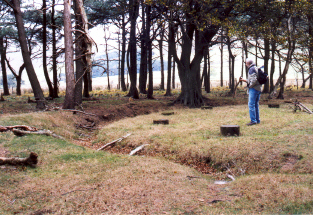
Though there isnt much of the circle left, I seem to remmember it being mostly concrete marker posts, its set in a little piece of woodland at the foot of the mountains leading into the Trough of Bowland.
Its marked on the Ordnance Survey map Landranger 102 so you should have no trouble finding it. Cheers. Lewis.
This monument is scheduled as Historic England List ID 1011678, Bleasdale Circle enclosed Bronze Age urnfield. It is also recorded as Pastscape Monument No. 42758 which tells us this is an "Enclosed Bronze Age urnfield surviving as an earthwork. Excavation located a timber palisade with a causeway to a central mound containing three cremation vessels, surrounded by a post setting. The monument has been partly reconstructed".
The Journal of Antiquities also includes an entry for Bleasdale Circle, Bleasdale, Lancashire, which tells us finding this site requires a good climb up onto the fells, where you will find " a circle of 11 concrete posts marking out where a circle of timber posts used to be and, which is also referred to as a ‘henge monument’, at the centre of which was a mound with a burial inside". The Journal also includes a photograph, a plan of the Bleasdale Circle and a list of reference sources for more information.
You may be viewing yesterday's version of this page. To see the most up to date information please register for a free account.
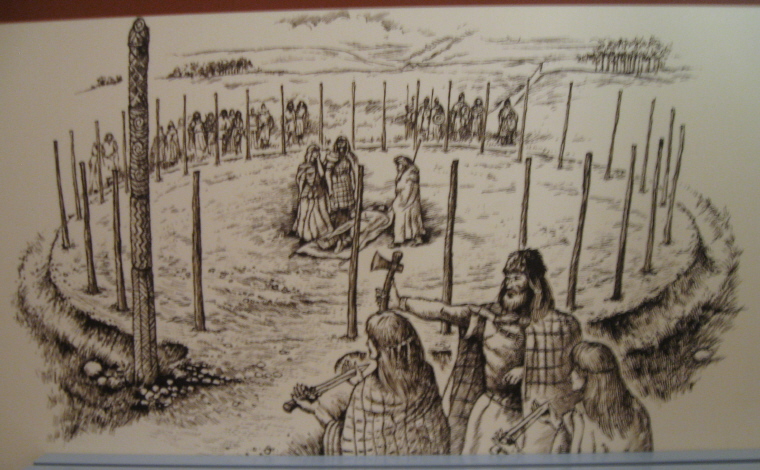

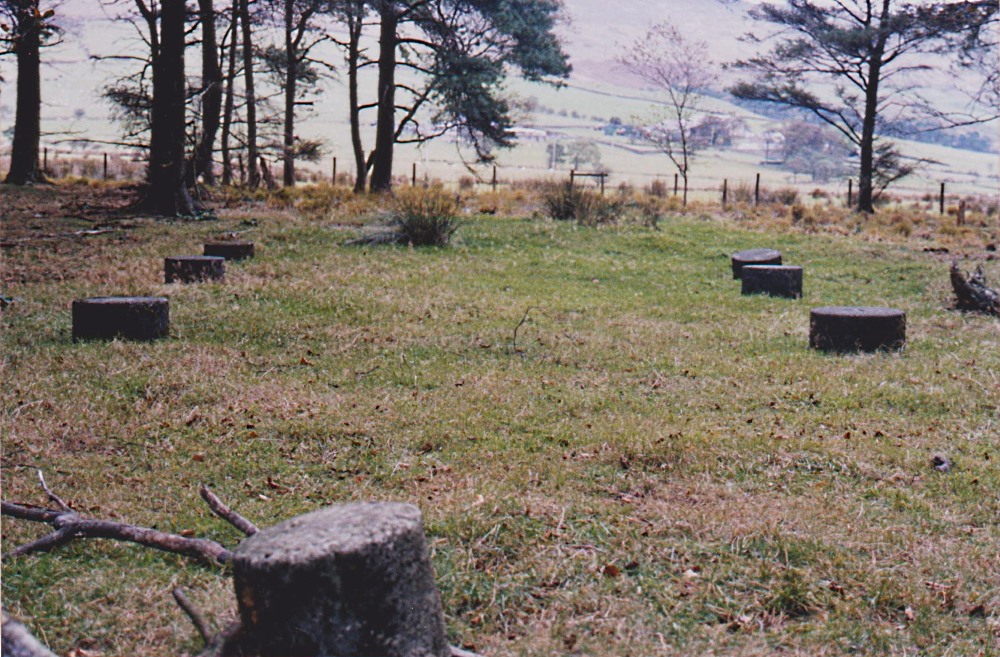

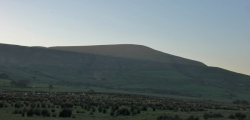
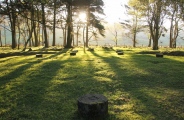
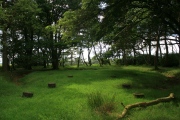
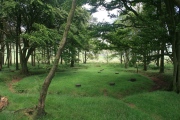

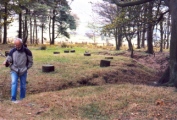
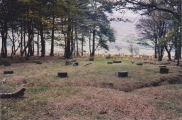

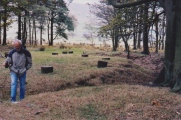
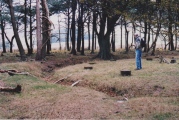
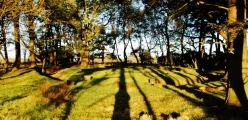





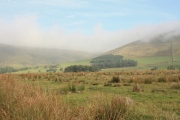
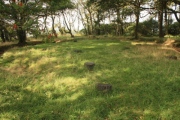

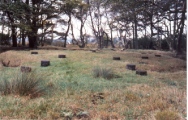
These are just the first 25 photos of Bleasdale. If you log in with a free user account you will be able to see our entire collection.
Do not use the above information on other web sites or publications without permission of the contributor.
Click here to see more info for this site
Nearby sites
Key: Red: member's photo, Blue: 3rd party photo, Yellow: other image, Green: no photo - please go there and take one, Grey: site destroyed
Download sites to:
KML (Google Earth)
GPX (GPS waypoints)
CSV (Garmin/Navman)
CSV (Excel)
To unlock full downloads you need to sign up as a Contributory Member. Otherwise downloads are limited to 50 sites.
Turn off the page maps and other distractions
Nearby sites listing. In the following links * = Image available
2.1km ESE 117° Parlick Pike Cairn* Cairn (SD59574502)
7.3km WSW 241° Claughton Hlaew* Round Barrow(s) (SD51274247)
7.4km SSW 203° St Anne's Well (Inglewhite)* Holy Well or Sacred Spring (SD547392)
7.8km E 84° Fairy Holes* Cave or Rock Shelter (SD65534678)
8.6km W 274° Roman Milestone (Garstang)* Marker Stone (SD4907146676)
8.7km SE 129° Jeffrey Hill Cairn Circle* Cairn (SD644404)
8.8km SE 129° Thornley Hall Fell Cairn* Round Barrow(s) (SD64524047)
9.1km WSW 248° Catterall Cross* Ancient Cross (SD4920242700)
9.5km SSE 148° The Written Stone* Sculptured Stone (SD6262237892)
9.6km SSW 205° Barton Cross Ancient Cross (SD5350037332)
10.0km WSW 251° Medieval Grave Covers (Churchtown)* Sculptured Stone (SD4818242808)
10.8km WNW 294° Roman Milestone (Ratcliffe)* Marker Stone (SD4778650411)
10.8km ENE 69° The Knowlmere Cross* Ancient Cross (SD679498)
12.0km ENE 74° The Foulscales Stone (Newton)* Early Christian Sculptured Stone (SD693492)
12.2km ESE 116° Kemple End Cross* Ancient Cross (SD6864240438)
12.5km S 189° Our Lady's Well, Fernyhalgh* Holy Well or Sacred Spring (SD55613362)
12.6km SE 142° St Saviour's Churchyard (Stydd) Ancient Cross (SD6539435971)
13.1km SSE 146° St Wilfrid's Church (Ribchester)* Ancient Cross (SD649350)
13.9km ESE 112° Withgill Cross (Great Mitton) Ancient Cross (SD70604062)
14.3km E 80° Walloper Well (Newton) Holy Well or Sacred Spring (SD7182348265)
14.3km ENE 77° Easington Fell Ring (Newton) Ancient Village or Settlement (SD71674911)
14.4km SSE 168° Marsden Well/Spring* Holy Well or Sacred Spring (SD607319)
14.7km ENE 64° Slaidburn Angel Stone* Sculptured Stone (SD7103552188)
14.7km ENE 65° Balaam's Grove burial mound Round Barrow(s) (SD7112652069)
14.8km ENE 72° Skelshaw Ring (Easington) Ancient Village or Settlement (SD71915036)
View more nearby sites and additional images



 We would like to know more about this location. Please feel free to add a brief description and any relevant information in your own language.
We would like to know more about this location. Please feel free to add a brief description and any relevant information in your own language. Wir möchten mehr über diese Stätte erfahren. Bitte zögern Sie nicht, eine kurze Beschreibung und relevante Informationen in Deutsch hinzuzufügen.
Wir möchten mehr über diese Stätte erfahren. Bitte zögern Sie nicht, eine kurze Beschreibung und relevante Informationen in Deutsch hinzuzufügen. Nous aimerions en savoir encore un peu sur les lieux. S'il vous plaît n'hesitez pas à ajouter une courte description et tous les renseignements pertinents dans votre propre langue.
Nous aimerions en savoir encore un peu sur les lieux. S'il vous plaît n'hesitez pas à ajouter une courte description et tous les renseignements pertinents dans votre propre langue. Quisieramos informarnos un poco más de las lugares. No dude en añadir una breve descripción y otros datos relevantes en su propio idioma.
Quisieramos informarnos un poco más de las lugares. No dude en añadir una breve descripción y otros datos relevantes en su propio idioma.